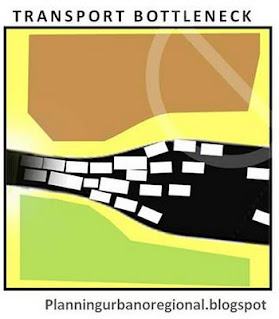By Anoop Jha
Sustainable Modular Unit for Design, Architecture and Planning
Modular planning and design is not a luxury, its necessity of time due to scarce resources, ever growing population, industrialization and mass production, automation, emerging and rapidly changing technology, wide gap of demand and supply, time constraint, need for efficient integration, rapid expansion and need for fast and easy maintenance and reproduction. In context of above observation let’s analyze the elements and process which are and can be made modular for optimum utilization of time and resources for the better future. But one should not be confuse modularity with monotony; Modular units need to be flexible for the customization based on region, location, altitude, culture and other environmental constraints.
Modular Elements in Design - Design elements, patterns, motifs, pixels, Canvas/ Panel/ Base, printing, casting moulds, design tools, frames, pallets,
Modular Elements in Architecture - Architectural elements like door & windows construction items like tiles and glass panels, false ceiling panels, etc., Toilet, Kitchen, Structural elements, prefabricated modules,
Modular Elements in Planning - Replicable city grid, clusters, modular infrastructure, Modular neighborhood sectors, Modular housing units, Street section templates, street hardware etc







